Today, let’s talk about the different types of noodles and how you can make them at home. Korea has a plethora of delicious noodle dishes, making them a perfect choice for a meal. I’ll also share some easy ways to prepare these at home. Let’s dive into the charm of Korean noodles together!
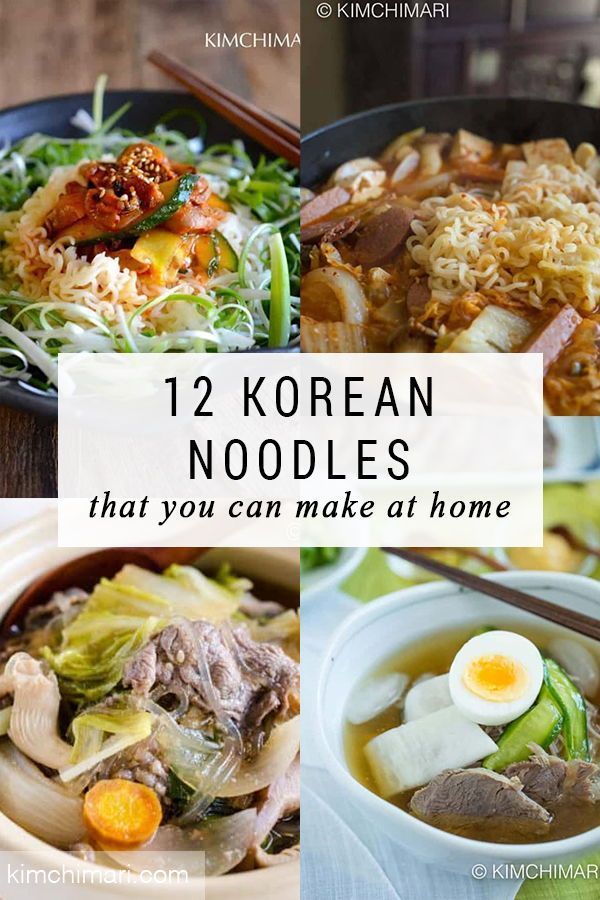
-
The Origin and Significance of Noodles in Korea
Korean noodles hold an important place in Korean food culture. Existing since ancient times, their origin began in China before being introduced to Korea, where they have evolved into their current form. In Korea, noodles serve as a way for families and friends to gather and share moments of communication and empathy.
-
Introducing Various Types of Korean Noodles
There are many types of Korean noodles, including Bibim Noodles, Cold Noodles, Knife-cut Noodles, Banquet Noodles, and Kimchi Noodles, each with its own characteristics and flavors. Making these different types of noodles at home can provide a unique experience.
-
Making Spicy Bibim Noodles Making
Bibim Noodles is not difficult. Simply boil the noodles and mix them with an appropriate amount of sauce. You can enhance the nutritional value by adding vegetables or meat, such as cucumber, eggs, and beef, for a more delicious Bibim Noodles.
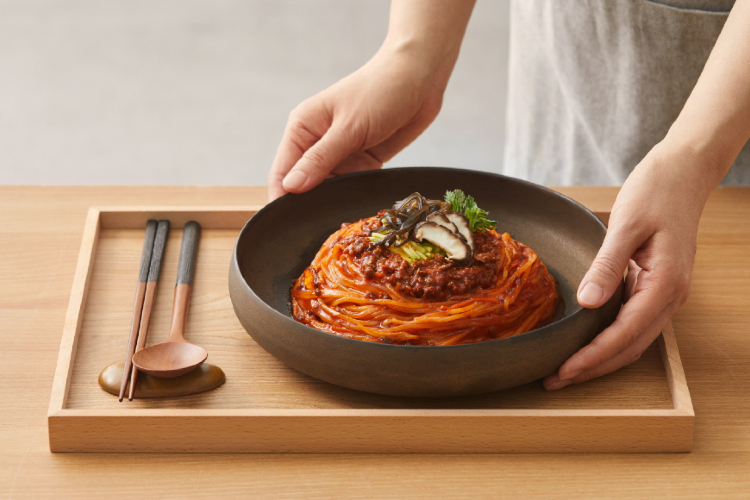
-
Preparing Cold Noodles, a Refreshing Summer Delicacy, at Home
Cold Noodles are a signature dish of the Korean summer, known for their refreshing and tangy taste. They involve boiling noodles and then cooling them with cold water and ice. Decorating Cold Noodles with various ingredients can also make them visually appealing. For example, topping them with cucumber, cabbage, and eggs can add to their beauty.
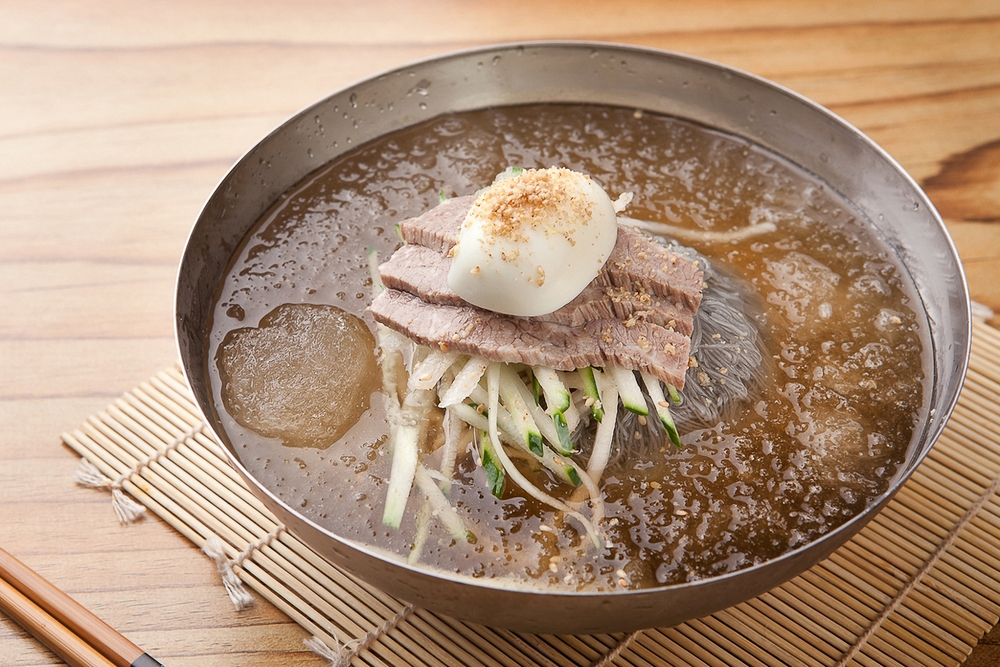
-
Comforting Knife-cut Noodles to Make at Home Knife-cut
Noodles provide a warm comfort to families. Making the noodles from scratch at home can result in fresher and tastier Knife-cut Noodles. Simply knead the dough, roll it out thinly, boil, and serve with broth. Adding meat and vegetables can enhance the flavor.
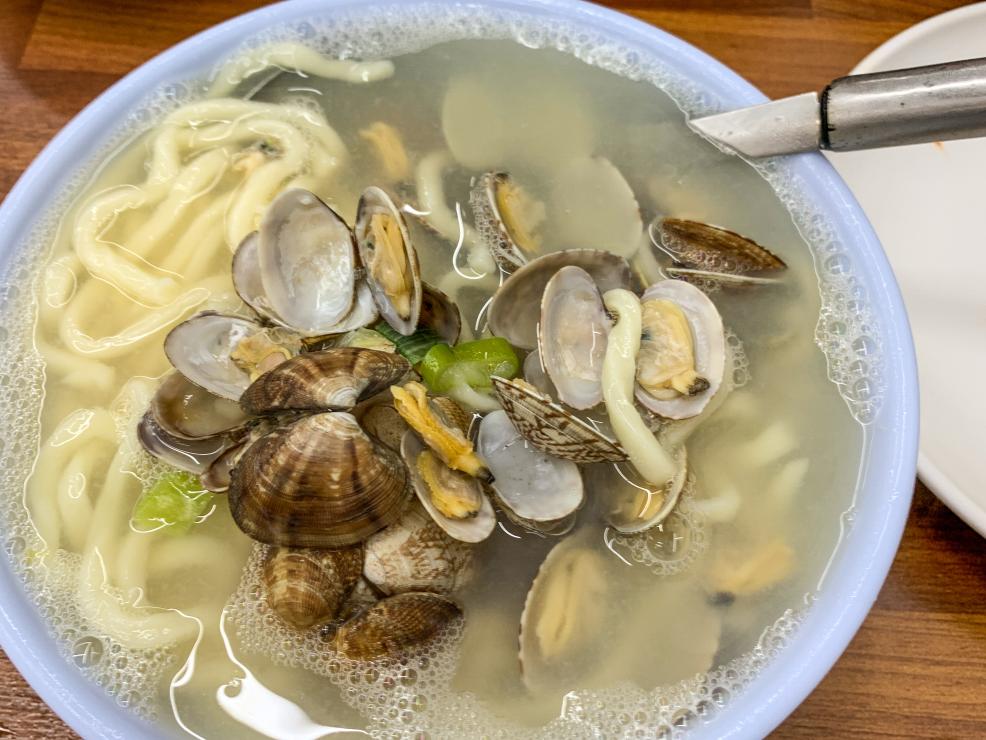
-
Easy-to-Make Banquet Noodles for a Rich Taste
Banquet Noodles are typically prepared for special occasions or feasts in Korea. They can be made quickly and easily at home. Boil the noodles and serve with broth, adding meat and vegetables for a richer taste.
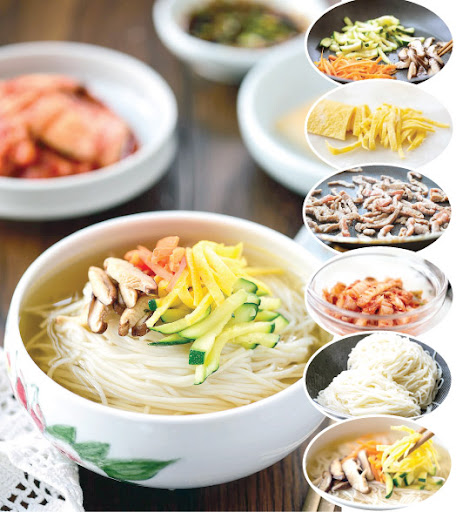
-
Nutritious and Simple Kimchi Noodles to Make at Home
Kimchi Noodles suit the Korean palate with the spicy taste of kimchi perfectly complementing the softness of the noodles. When making Kimchi Noodles at home, first boil the broth, then add noodles, and top with meat, seafood, or vegetables to increase the nutritional value.
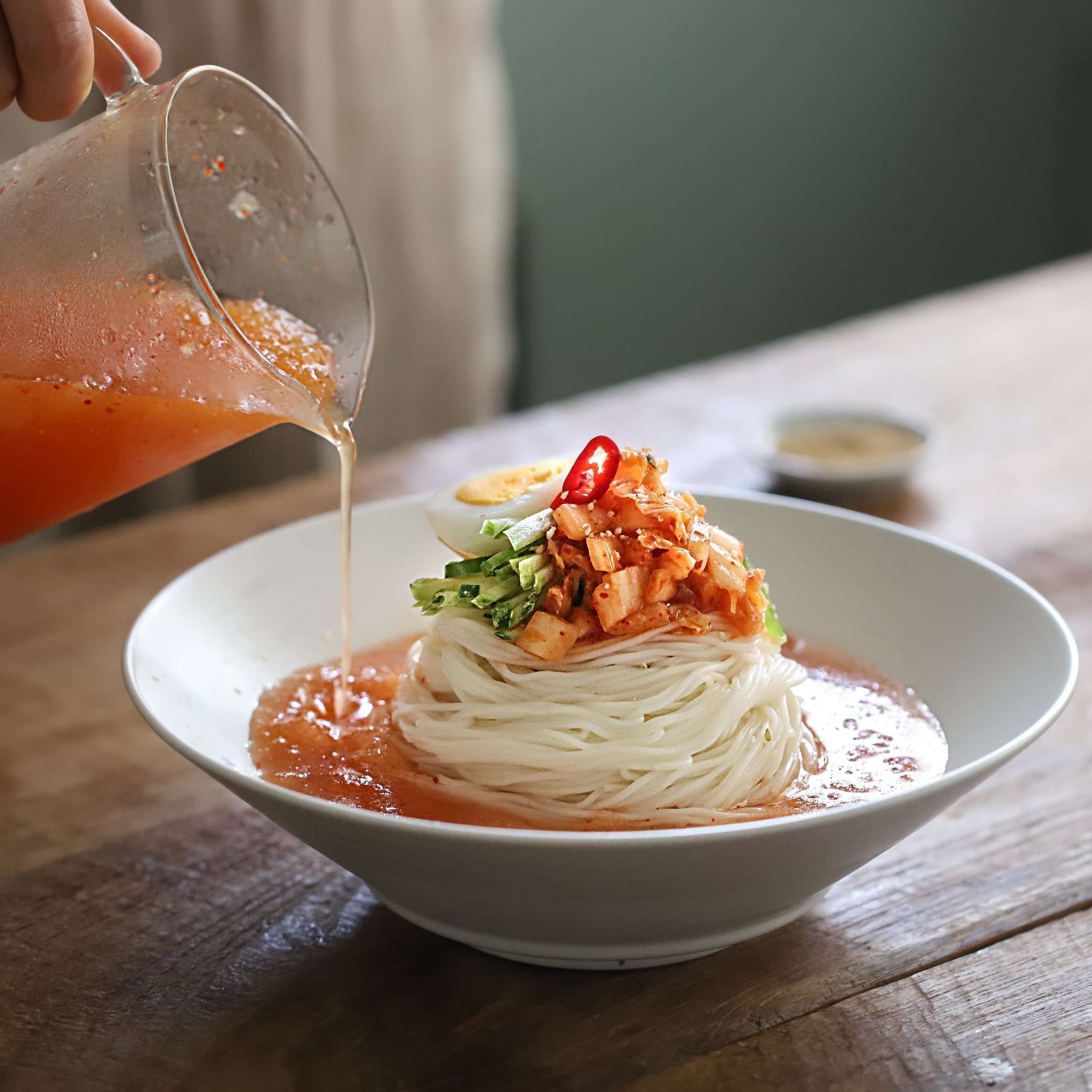
-
Ideas for Homemade Sauces and Toppings
When making noodles at home, you can enrich the flavor by using your own sauce and topping ideas. Utilize various ingredients like soy sauce, gochujang (Korean chili paste), and sesame seeds to create desired flavors and aromas. Additionally, add toppings like eggs, shrimp, and meat for a more substantial dish.
-
Secrets to Enjoying Tastier Noodles To enjoy
Korean noodles even more, it’s helpful to know a few secrets. First, when kneading the dough, it’s crucial to pay attention to the ratio of flour to water. Second, you can adjust the taste of the broth with various seasonings depending on the ingredients. Third, when eating noodles, mix them well to fully enjoy the flavor.
-
Experiencing the Charm of Korean Culture Through Noodles
Korean noodles are not just food, but a representation of Korean culture. They allow people to share communication and empathy while enjoying the diverse tastes and aromas of Korea. Making them at home can deepen your understanding of Korean culture.
We have explored the various types of Korean noodles and how to make them at home. Noodles are a versatile dish that never gets boring, even if eaten daily, and can be easily prepared at home. Try making Korean noodles at home and enjoy the variety of flavors and aromas. Have a great meal!





Leave a Reply